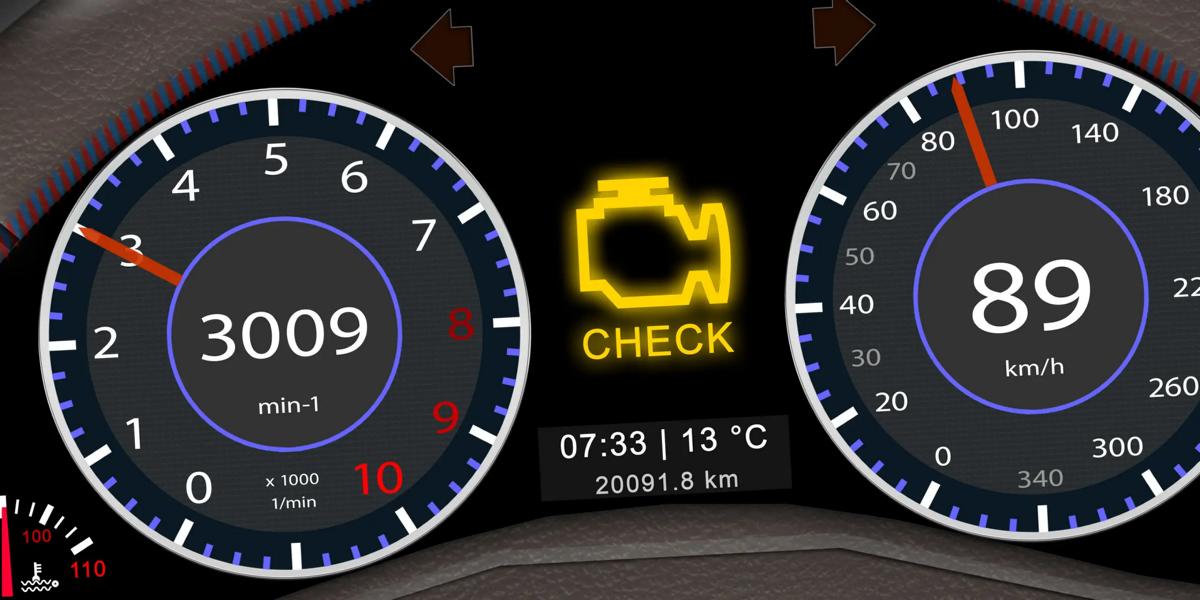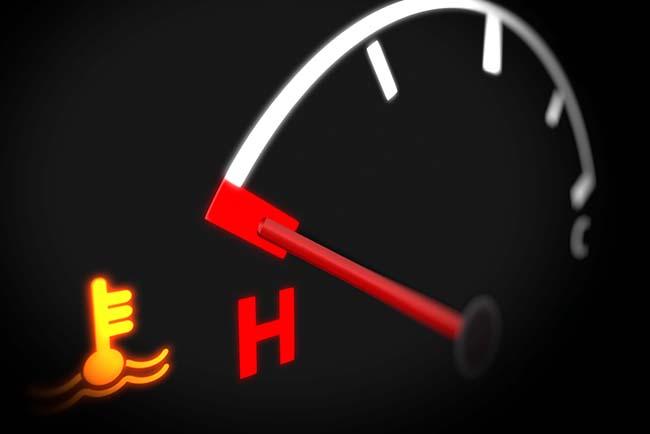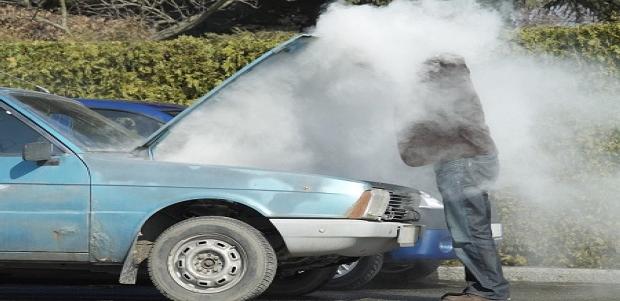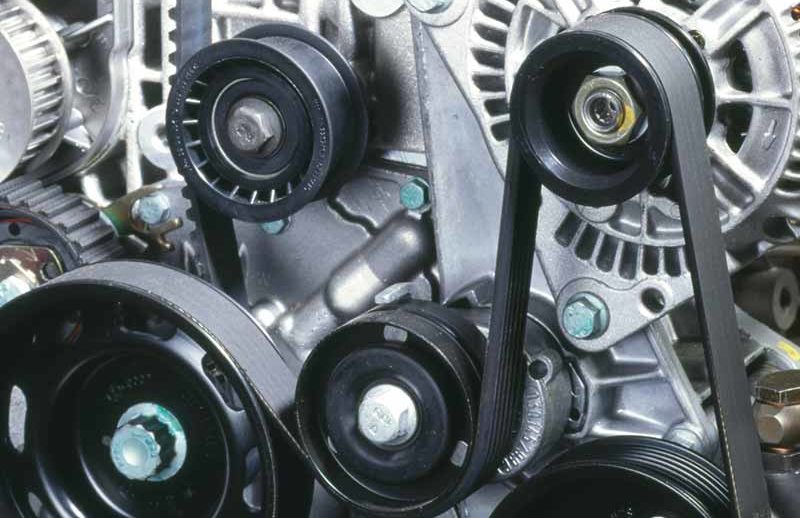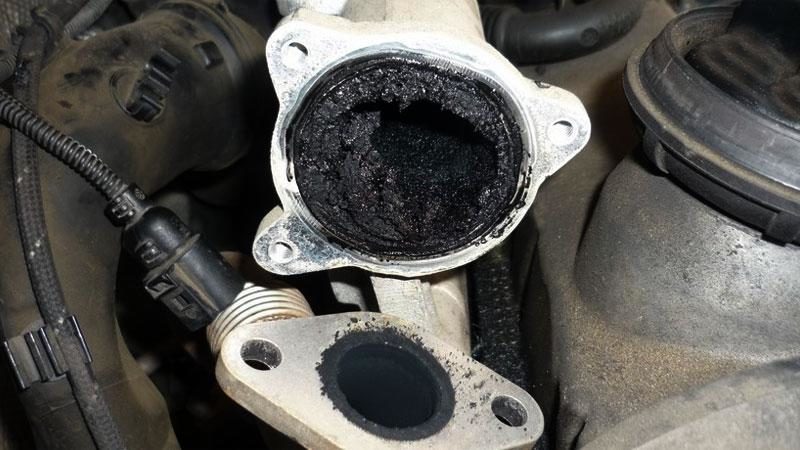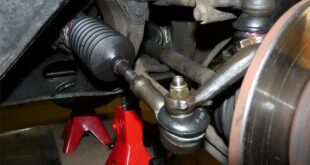In the world of combustion engines there is hardly anything more annoying than one bitchy engine. One moment when everything is running normally, and the next you hear a strange noise or feel an unusual twitch, accompanied by various lights in the instrument cluster. The following article is one type lifebelt in the world of engines: a common guide to diagnosing and troubleshooting more common Engine problems (keyword: fixing engine problems). Let's start with the basics. The engine is the heart of the vehicle, a marvel of technology that consists of thousands of components. To understand the most common problems, you first have to Main components know: the block, the Cylinder, Piston, crankshaft, Camshaft, Valves, the injection and the Ignition. Each of the parts plays an essential role in the smooth operation of an engine.
Fix engine problems yourself
Let's start with Ignition problems at. A common symptom of engine trouble is that the engine won't even start. This may be due to a defect spark plug or a faulty power supply. Spark plugs should be changed every 30.000 to 50.000 kilometers (Instructions for changing spark plugs), depending on the vehicle type and manufacturer information. Another key element in ignition problems is this Ignition module, which can of course lead to starting difficulties if there are defects. That should also be fixed. And then there are those Fuel problems. An engine that sputters or loses power while driving could indicate a fuel delivery problem. Here you should first Fuel Filter Check and replace if necessary (Fuel filter change instructions), as a clogged filter can restrict fuel delivery.
Temperature, electrics & Co.
They can go further Injectors clog and should therefore be checked regularly (Instructions for cleaning the injectors). Another common problem is that overheating. An overheated engine can cause serious damage. Check that first coolant level and refill if necessary (Instructions for refilling coolant). Also a defective one Thermostat or a faulty one water pump can be the cause of overheating. Now let's get to them electronic problems. Modern cars are equipped with a variety of sensors and electronic systems that monitor engine operation. A defective sensor, such as this Air flow sensor or the Speed sensor, can lead to malfunctions. In this case, the error memory can often be read out with a diagnostic device necessary to identify the defective sensor (Instructions for error diagnosis).
Mechanical problems!
Another important aspect is mechanical problems. This can be caused by worn out ones Timing belts up to problems with the Control valve are sufficient. A broken timing belt can cause serious engine damage and should therefore be replaced according to the manufacturer's recommendations (more about changing the timing belt). However, if you hear unusual noises from the engine area, you should consult a specialist immediately to avoid major damage. Apart from the specific problems there are also general maintenance tips, which help extend the life of the engine. This includes more regular oil change (Oil change instructions), checking the Cool- and brake fluid level (Changing brake fluid instructions) as well as the maintenance of the Air- and oil filter (Change the air filter).
The EGR is often a problem too!
It is also important that exhaust system with regard to the topic of “resolving engine problems”. Problems like a clogged one Exhaust gas recirculation (EGR) can lead to loss of performance and increased fuel consumption. Cleaning or replacing the EGR valves (depending on the country there is one EGR/EGR off control in question) can help in such cases. Finally, a word about Diagnosis. Many modern vehicles have an on-board diagnostic system (OBD), which provides a wealth of information about the condition of the engine. A OBD scanner can be very helpful in reading error codes and determining the cause of engine problems.
In summary, troubleshooting engine malfunctions requires a combination of knowledge, patience and sometimes Expertise requires. If it is about Ignition problems, Fuel supply, overheating, elektronische or mechanical problems, the key lies in the diagnosis. Regular Maintenance and an understanding of the engine's core components can avoid many problems in the first place. But remember that safety always comes first. If you are at the Diagnosis or repair If you are unsure, do not hesitate to seek professional help.
Troubleshooting engine trouble FAQ:
- What are the most common signs of engine problems?
The most common symptoms are unusual noises, loss of power, irregular engine running, warning lights on the dashboard, difficulty starting and increased fuel consumption. - How often should I change my spark plugs?
Spark plugs should typically be changed every 30.000 to 50.000 kilometers, but this can vary depending on the vehicle type and manufacturer recommendations. - Can I clean or replace a defective mass air flow sensor myself?
Yes, in many cases mass air flow sensors can be cleaned or replaced. However, it is important to follow the instructions for your model and be careful to avoid damage. - What causes engine overheating?
Common causes include low coolant level, defective water pump, clogged radiator, defective thermostat or problems with the cooling system. - How do I know if my timing belt is worn out?
Signs of a worn timing belt include squeaking or knocking from the engine area, engine jerking or skipping, and in severe cases, the engine may not start. It is important to change the timing belt according to the manufacturer's instructions. - How important is regular oil changes for the engine?
Regular oil changes are crucial to the longevity of the engine. It lubricates moving parts, reduces friction and helps keep the engine cool. - Can a defective speed sensor cause engine problems?
Yes, a faulty speed sensor can lead to a variety of engine problems, including rough idling and difficulty accelerating. - How do I use an OBD diagnostic device?
An OBD diagnostic device connects to your vehicle's OBD port. Once connected, you can read error codes that provide clues to the cause of engine problems. - What to do if the engine warning light comes on?
When the engine warning light comes on, the first thing you should check is whether it is a serious problem (flashing warning lights usually mean an emergency). Have the engine checked as soon as possible. - Are DIY repairs recommended for engine problems?
While some minor repairs and maintenance can be performed by experienced DIY enthusiasts, more complex problems often require the expertise and equipment of a professional. If you are unsure, it is advisable to seek professional help.
The following note on the subject of troubleshooting engine problems is essential: For safety reasons, tuningblog recommends all repair, inspection and maintenance work exclusively to be carried out in a specialist workshop! Although our information is summarized to the best of our knowledge and belief, we cannot assume any liability for the content. All information is therefore "without guarantee".
That wasn't it yet!
In our Auto Repair Category you will find advice and instructions on common vehicle defects, repairs and the installation of accessories/tuning parts.
 tuningblog.eu Your magazine about tuning the car
tuningblog.eu Your magazine about tuning the car
